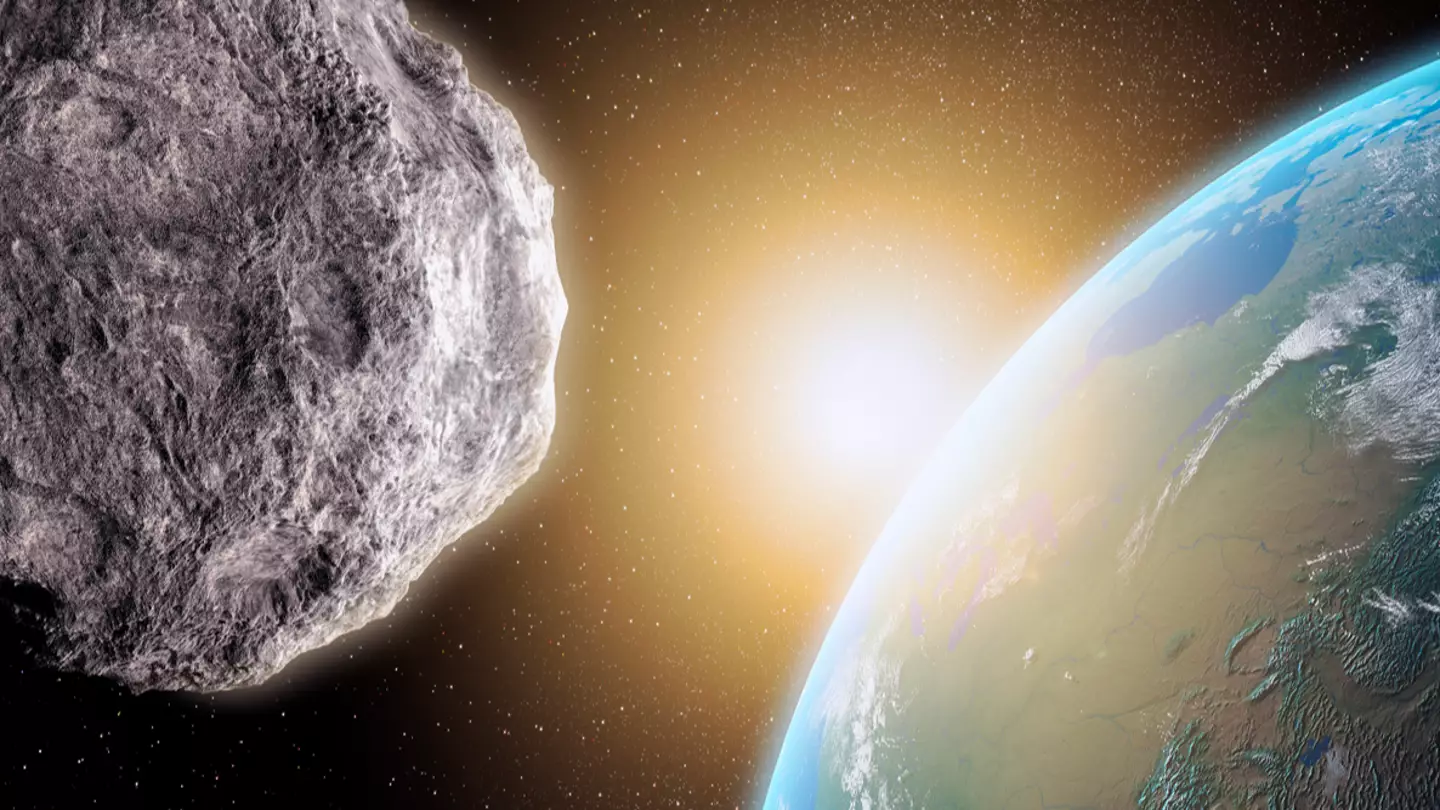How scientists deflect asteroids after experts reveal exact locations where 'city destroyer' could hit
Scientists have a simple method in deflecting asteroids
Featured Image Credit: Getty Images/Science Photo Library - ANDRZEJ WOJCICKITopics: Science, Technology, Space, NASA

